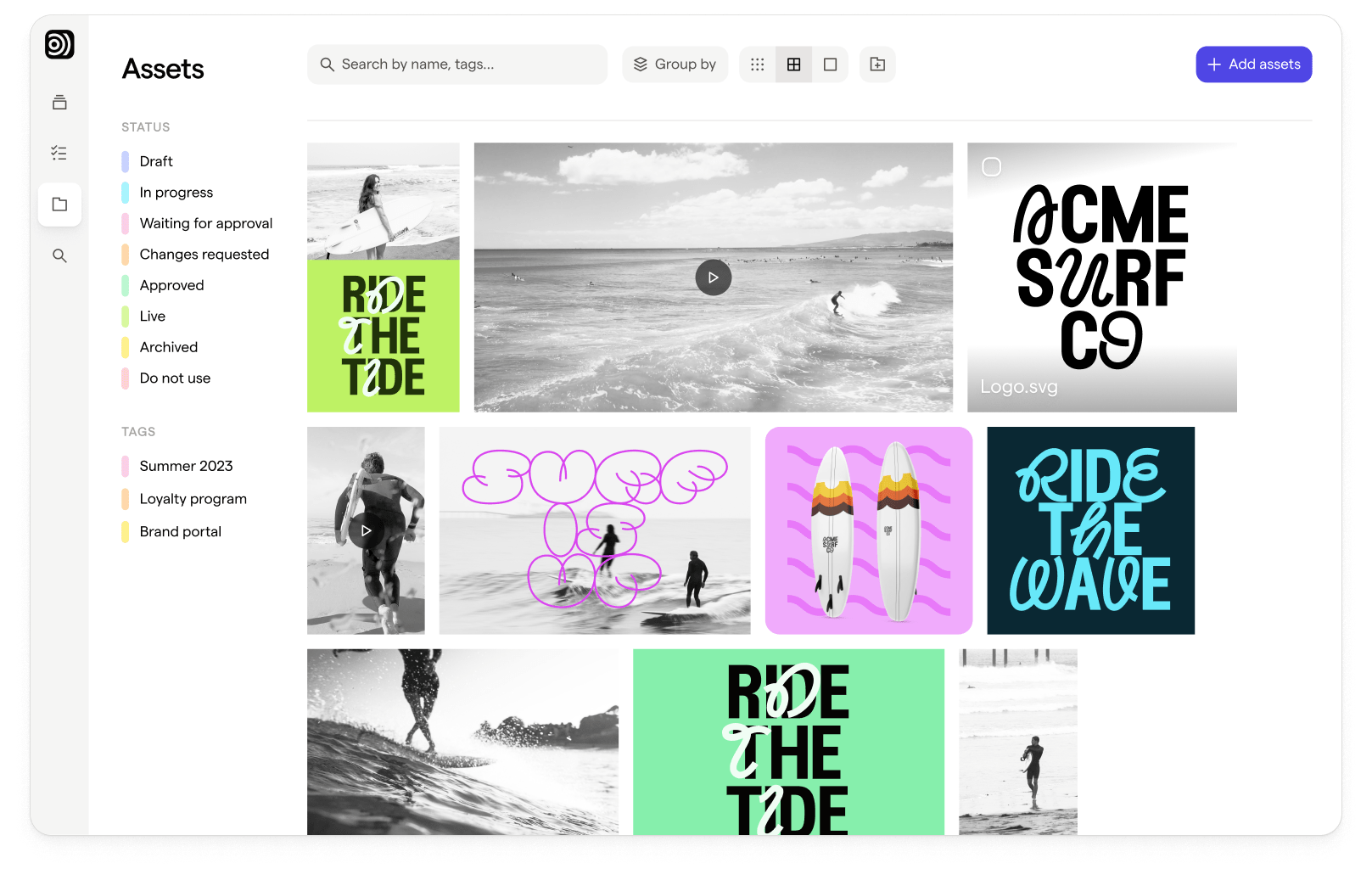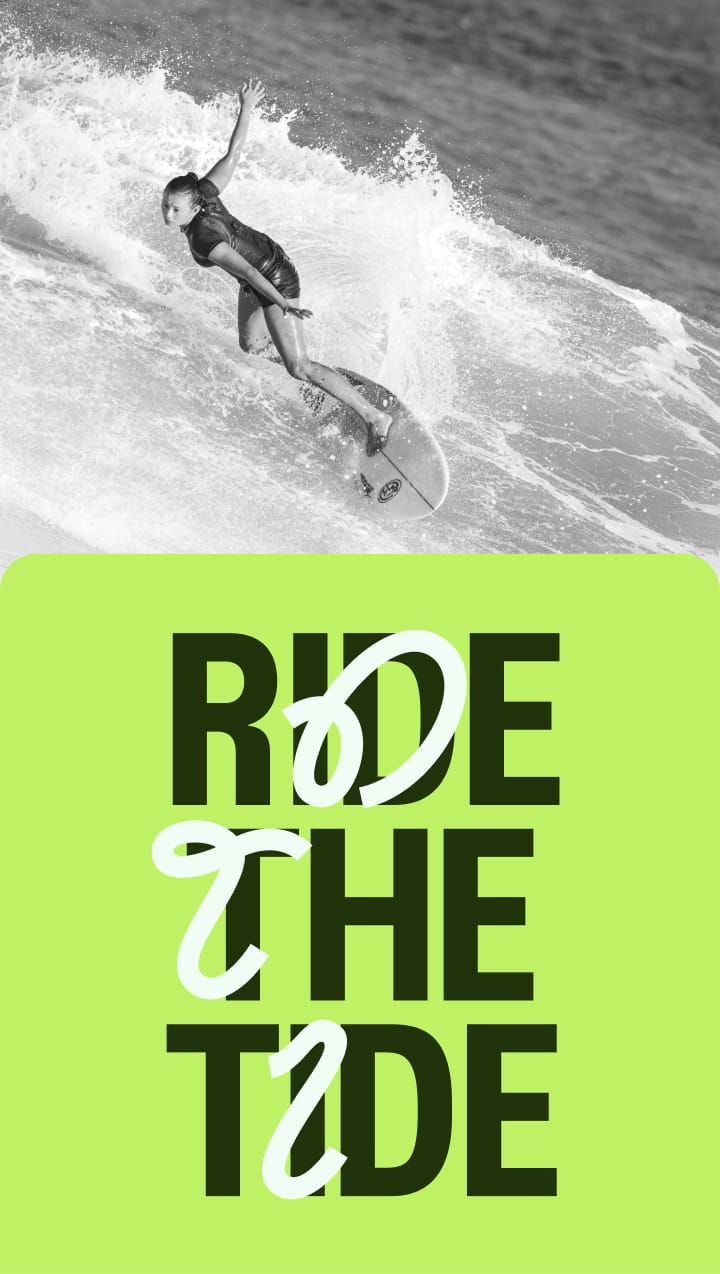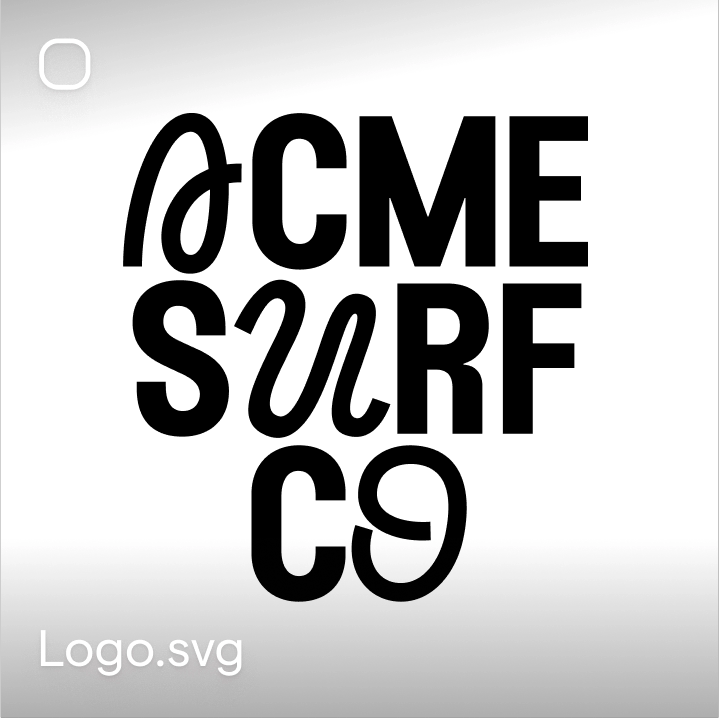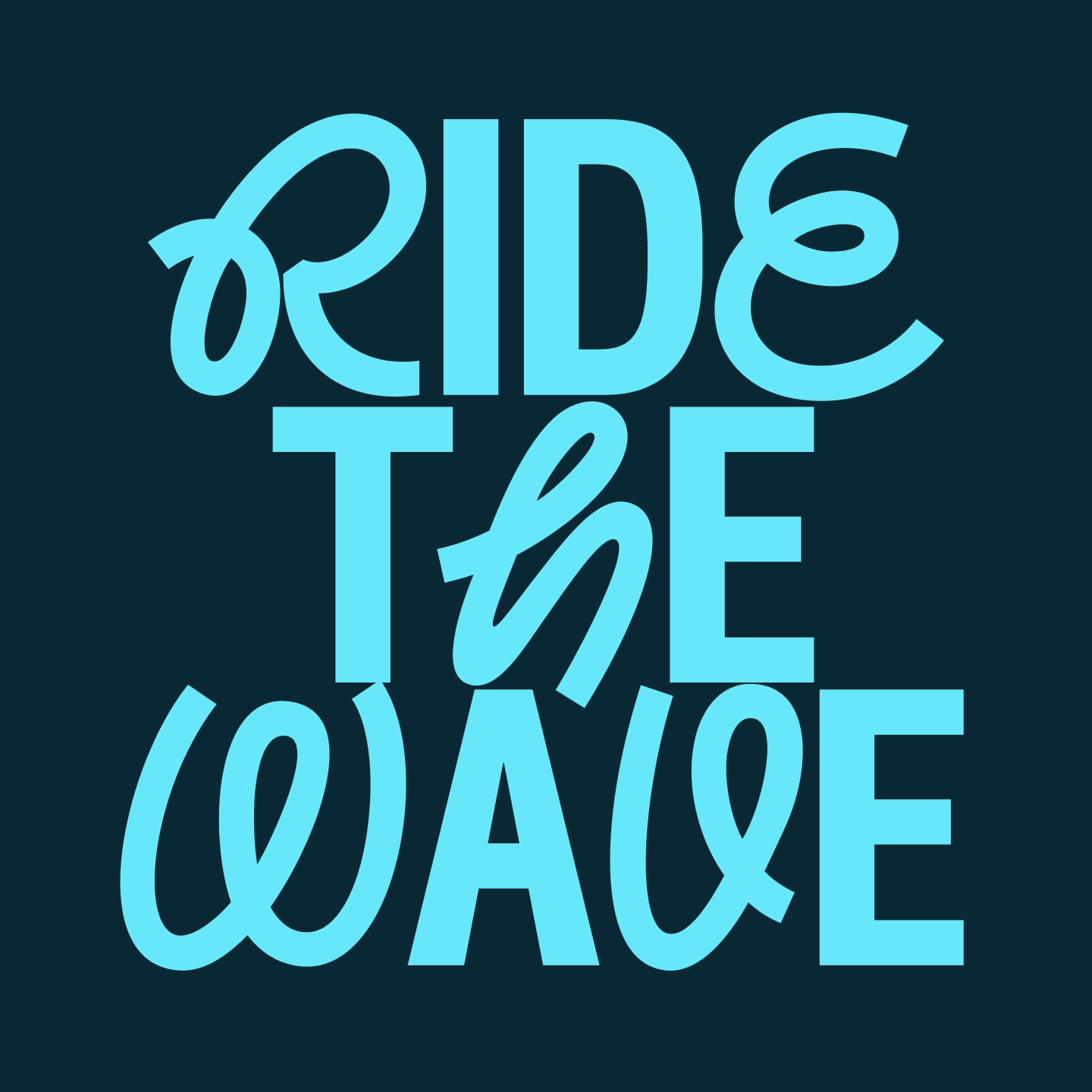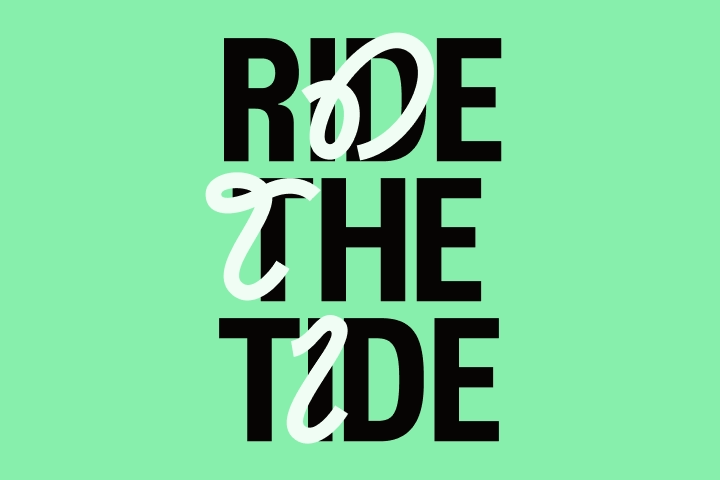Introduction
The popularity of creative strategist roles is exploding in marketing teams. The driving force behind this change has been the increasing importance of ad creative as the most essential component of ad campaign performance. With the demand for creative strategists on the rise, it’s important to understand the core responsibilities and success metrics of this role, as well as what are the right tools for creative strategists to succeed.
In this blog post, we go through the success metrics for creative strategists, and cover the most essential types of tools that can help them reach these targets.
The Demand for Creative Strategists is Rising, Because Ad Creative Matters More than Ever
The days of extremely granular ad targeting across social platforms are over, especially for B2C
businesses. With bidding and targeting strategies being of limited effectiveness, the importance of great ad creative and finding winning concepts has become more important than ever. This is where creative strategists come into the picture.
What Does a Creative Strategist Do?
As the name implies, a creative strategist combines creative and strategy, planning campaigns that not only captivate but also convert. Success in this role demands a unique blend of analytical insight, creative vision, and a deep understanding of the digital landscape.
The following skills are especially important for a creative strategist
- Market research and competitor analysis.
- Marketing strategy and understanding what kind of campaigns can drive different kinds of advertising goals: from brand awareness to sales.
- Project management.
- Understanding of media buying.
- Critical thinking and capability analyze ad performance data.
- Writing creative briefs.
It’s important to note that a creative strategist is not just a media planner, nor are they usually the person building the ad creative. Rather, they usually work closely with these people to ensure the proper execution of the creative vision. Through rigorous testing, optimization, and performance analysis, they continually refine their approaches, ensuring that each campaign continuously improves in performance.

What Are the Success Metrics for Creative Strategists?
For a creative strategist, success metrics can vary widely depending on the goals of specific campaigns, the nature of the projects, and the overall objectives of the organization. One key metric to measure is iteration speed. This means the speed at which new and creative concepts and creative variants are created and put to use as it directly affects the rate at which campaigns can be improved.
Iteration speed is important because ad creative is the most meaningful element of campaign performance. For example, Nielsen found already in 2017 that 47% of ad campaign sales lift came from creative (and an additional 15% from brand). Since then, online ad spend has climbed to new heights year after year and targeting has become far more restrictive due to e.g. privacy and 3rd party cookie restrictions - increasing the importance of creative even further.
In addition, there are several common advertising metrics that creative strategists often use to measure the effectiveness of their strategies and creative executions:
- Brand Awareness
- Engagement
- Conversion Rates
- Campaign-specific return on Investment (ROI)
- Overall return on marketing spend
- Lead count
Tools for Creative Strategists: The Arsenal of Success
The role of a creative strategist is both an art and a science, requiring a delicate balance between innovative thinking and strategic planning. In the fast-paced world of marketing, staying equipped with the right tools is not just an advantage but a necessity. These tools for creative strategists not only streamline workflows but also unlock new possibilities for creativity and impact.
The following categories of tools are the most essential.
Market Research and Consumer Insight Tools
Understanding the audience is the first step in crafting a strategy that resonates. There are several kinds of tools that can be helpful in this category:
- Survey tools such as SurveyMonkey and Google Forms can be very helpful, allowing you to poll customers for further insights.
- Web analytics solutions like Google Analytics or Adobe Analytics offer a window into user behavior.
- Social listening platforms like Brandwatch and Hootsuite Insights provide invaluable data on public perception and trending conversations.
- There are numerous tools that can be used for competitor analysis. One great example is the Facebook Ad Library, which allows you to see the creatives competitors are using in campaigns.
- Sales and customer service tools like Gong, ZenDesk or Intercom, can offer insights into potential and existing customer’s pain points and questions, which can help develop creative concepts further.
Planning and Audience Tools
Turning insights into actionable strategies requires the right planning tools.
- Miro, Trello, and Notion offer collaborative boards that facilitate brainstorming and strategic planning, making it easier to visualize and organize ideas.
- There are also tools that can help you in writing creative briefs. The simplest way to improve the creative briefing process is by using standardized template files in e.g. Google Docs, Powerpoint, or similar, there are also more specialized tools available.
- For audience segmentation, CRM platforms like HubSpot and Salesforce offer advanced features to target specific groups effectively.
- 3rd party audience data providers such as Metadata.io, 6sense or different kinds of account-based marketing (ABM) platforms can also be beneficial for creative strategists working in B2B or more nice consumer segments.
Creative Development Tools
At the core of every campaign is compelling content.
- Creative suites such as Canva or Adobe Creative Suite are crucial for creating stunning visuals.
- Video content can be anything from professional productions to short form video shot on a smartphone, and video editing tools such as Adobe Premiere Pro and Final Cut Pro are often indispensable.
Digital Asset Management (DAM) Platforms
Building ad creatives also requires more than just creation tools. You also need solutions that enable you to efficiently collaborate with people building the creative, and to organize, manage, and distribute the digital assets. This is where Digital Asset Management (or DAM) platforms come in.
Performance advertisers, such as most direct to consumer (DTC) brands or gaming companies, should take one step further and look into more specialized, performance-oriented DAM platforms such as Focal.
Performance DAMs like Focal allow creative strategists to easily iterate on creatives being built, increasing iteration speed, allowing them to label and breakdown the components of each ad (such as video hooks), and most importantly look at the performance data of each ad variant after they’ve been used. This allows a creative strategist to clearly see which ad variants and components perform the best, so they can iterate further on the winning creatives and take guesswork out of the equation.
Project Management and Collaboration Tools
Keeping projects on track and fostering team collaboration is crucial, especially when working with large internal teams and external partners. Focal can help you easily track new creative concepts as well as share files and collaborate seamlessly with external partners such as a creative agency.

Project management tools such as Asana or Monday.com can also be very helpful and Slack can facilitate better shared communication with external partners through Slack Connect, which allows you to have shared channels with people outside your organization.
Data Analysis and Reporting Tools
Measuring success and refining strategies depend on effective data analysis. While ad platforms’ own reporting tools and simple web analytics such as Google Analytics are a great place to start, creative strategists responsible for a bigger volume of campaigns can use tools like Tableau and Looker Studio to visualize data trends and campaign performance more broadly, providing the insights needed for data-driven decisions.
Trend Analysis and Creative Inspiration Tools
Staying ahead of the curve requires constant learning and inspiration. Trend platforms like WGSN and Trend Hunter offer a glimpse into the future of industry trends, whereas TikTok, Instagram and Pinterest are treasure troves of creative inspiration.
Mastering the Right Tools Makes a Difference
The digital landscape will continue to evolve, bringing new challenges and opportunities. As the volume of online content grows exponentially, peoples’ attention spans get shorter, and the speed at which new trends replace old ones increases, ad creative will require ever faster, and more effective iteration. For the winners, this offers an opportunity for tremendous profit, while those failing to adopt the right tools will ultimately see growth stall and sales fall.
For the creative strategist, adaptability, continuous learning, and building the right toolkit are the keys to not just surviving but thriving in this dynamic environment. By harnessing the power of the tools we’ve discussed, creative strategists can transcend traditional marketing boundaries, crafting campaigns that engage, inspire, and convert audiences around the globe.
Why Should Creative Strategists Use Focal?
Focal is the performance-oriented DAM platform for creative strategists, allowing you to ship effective ads 10 times faster, helping improve campaign performance.
Our key features such as automated naming conventions and file uploads, combined with AI-powered search for creative assets and streamlined collaboration and planning capabilities make it easy to improve the speed and quality of your ad creative. If you wish to get started using Focal, simply follow the link below.
What is Focal?
Focal is a creative asset management platform perfect for asset-heavy teams. With Focal, you can ship effective ads 10x faster.
Our key features are an AI-powered search for creative assets, advanced media mockups, and collaborative docs designed for marketers. All features in Focal are seamlessly connected with Slack and Figma, so you don't need to waste time on manual copy+paste.



